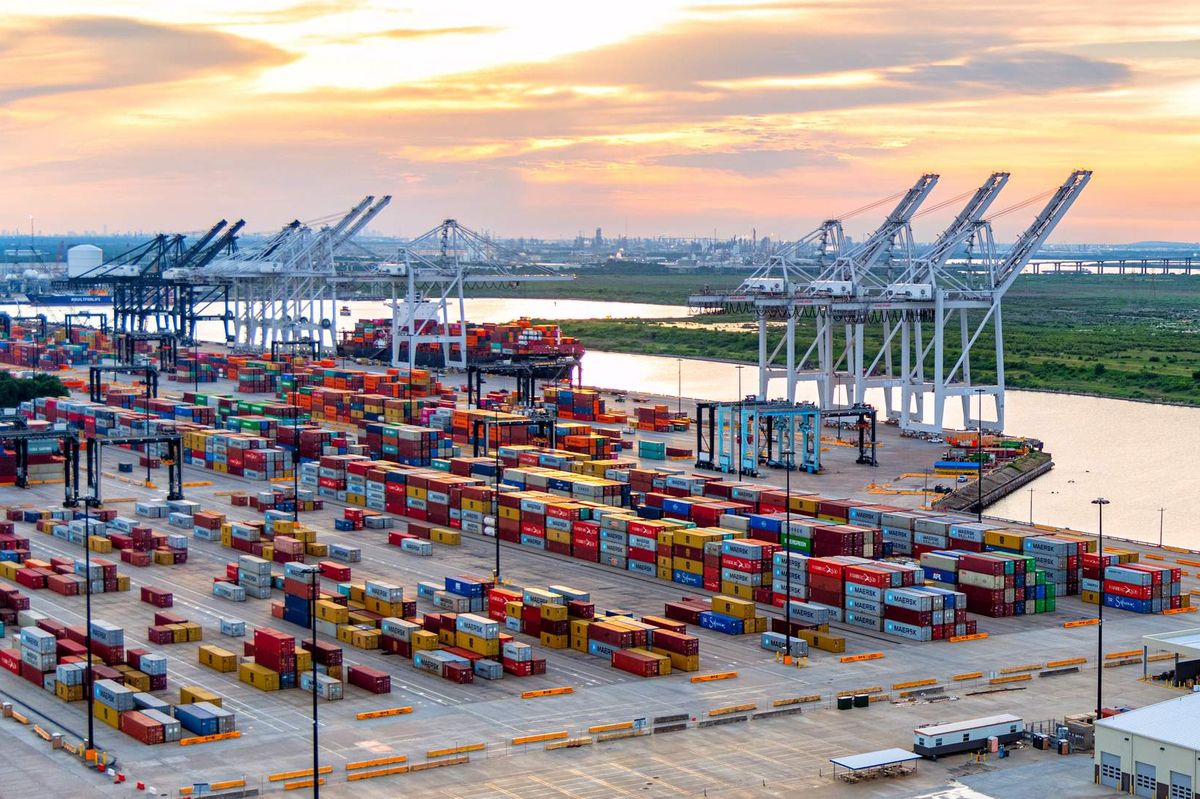Editor's note
Addressing the need for collaboration in Houston's energy transition
When it comes to advancing the energy transition in Houston and beyond, experts seem to agree that collaborations between all major stakeholders is extremely important.
In fact, it was so important that it was the first panel of the second day of FUZE, an energy-focused conference put on by Digital Wildcatters. EnergyCapital HTX and InnovationMap were the event's media partners, and I, as editor of these news outlets, moderated the panel about collaborations.
I wanted to take a second to reflect on the conversation I had with the panelists earlier this week, as I believe their input and expertise — from corporate and nonprofit to startup and investing — was extremely valuable to the greater energy transition community.
Here were my three takeaways from the panel, titled "Collaborative Partnerships: Leveraging synergy in the energy sector."
Early-stage tech startups need bridges to cross their valleys.
The energy transition is a long game — and an expensive one, as Jane Stricker, executive director of the Houston Energy Transition Initiative, explains on the panel. And, just like most startups, the path to commercialization and profitability is long — and definitely not promised.
"When you look at innovation and startups, the multiple valleys of death a startup will go through on their journey, we have to find more ways to bridge those valleys and get more technology to get up that mountain and to a place where it can be scaled," she says.
She explains that corporations aren't always good at innovating, but they are impactful about rolling out de-risked technology at a global scale. But the technology has to get to that point first, so it takes a much earlier intervention for corporates — or another entity, like incubators and accelerators — to help in that developmental process.
"In Houston we have the potential to build out that ecosystem — we already have a lot of pieces in place, so it's about connecting the dots," Stricker says. "It's only by all of the different parts of the ecosystem understanding what each other does and what unique role they play in the process that we can really leverage the strengths of each of them to help create those partnerships and opportunities."
As Amy Henry, CEO of EUNIKE Ventures explains, corporates have their own challenges.
"Energy companies themselves have their own valley of death, and from where they are sitting, that's why they need to collaborate," she says on the panel. "And now we're talking about an unprecedented rate of getting technology commercialized."
EUNIKE works as a go between for corporates — almost as an expansion for them, Henry explains, and they are facing a challenging time too.
"Energy companies are just not early adopters of technology," she says. "But they are also going through their own transformation. At the same time, you've had this huge knowledge leakage in terms of all the workforce reduction."
Startups and corporates speak a different language.
Moji Karimi has had several partnerships with corporations with his biotech startup Cemvita Factory, including a recent offtake agreement with United. For Karimi, it's about learning about your corporate partner.
"In partnerships, especially for startups, you need to understand what is the language of love for the company at time," he says on the panel. "Is it growth, is it perception and PR, is it deployment of capital, or is there a specific bottleneck that we can help remove."
For HETI, Striker says they hope to act as a translator between the two parties.
"How do we enable more connectivity between the companies that have a technology that may be of interest to the larger companies looking for a solution?" Striker explains of HETI's mission. "And how do we make sure industry is communicating opening and broadly?"
Now is the time for action.
For Karimi, the solution is simple: More action is needed.
"Generally, we just need to talk less and do more," he says of what he wants to see from corporates, adding that more checks need to be written.
Based on his own experience, Karimi says some corporates are better to work with than others. He says he prefers working with the companies that don't try to mix in their startup pilots with the "bread and butter" of the business.
"Everyone has so much on their plate," he says, giving the example of Oxy Low Carbon Ventures being an offshoot of Oxy's main business.
Karimi says corporates should think of their startup pilots as an opportunity to try something new and different — something they'd never be able to test internally.
David Maher, business development director of Americas at Linde, says now that there's been regulatory framework, Linde knows what to invest in. The company has a particular interest in hydrogen.
"Another big piece of it is scale," Maher says of what Linde thinks about when considering innovative partnerships. "What's great about Houston is we have density and scale already."










